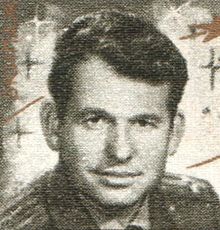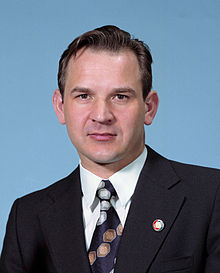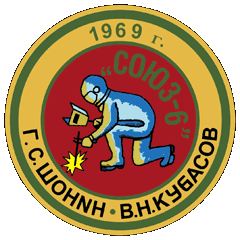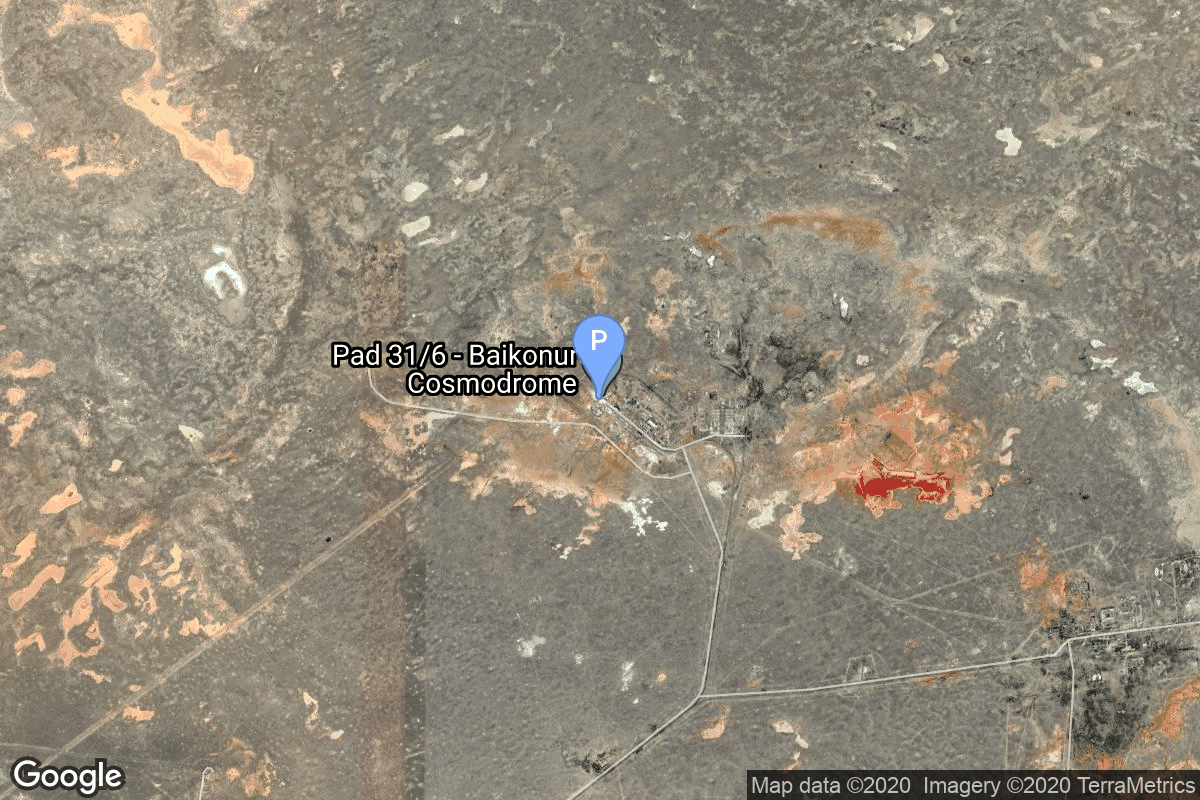Soyuz 6
Soyuz
Soviet Space Program
Crew

Georgy Shonin
- Birthday: 08/03/1935
- Role: Commander
- Nationality: Ukraine
- First Flight: 10/11/1969
- Last Flight: 10/11/1969
Georgy Stepanovich Shonin (Ukrainian: Гео́ргій Степа́нович Шо́нін) (August 3, 1935 – April 7, 1997...

Valeri Kubasov
- Birthday: 01/07/1935
- Role: Flight Engineer
- Nationality: Russia
- First Flight: 10/11/1969
- Last Flight: 05/26/1980
Valeri Nikolayevich Kubasov (Russian: Вале́рий Никола́евич Куба́сов; 7 January 1935 – 19 Februar...
Mission
Soyuz 6
- Type: Human Exploration
- Orbit: Low Earth Orbit
Soyuz 6 was a joint mission with Soyuz 7 and Soyuz 8 that saw three spacecraft in orbit together at the same time. Soyuz 6 mission was to take high quality photographs of the Soyuz 7 and Soyuz 8 docking but on all three spacecraft the docking system failed. The mission was commanded by Georgi Shonin and Flight Engineer Valeri Kubasov.
Location
31/6
Baikonur Cosmodrome, Republic of Kazakhstan
31/6 has witnessed the launch of 422 rockets, including 422 orbital launch attempts. While Baikonur Cosmodrome, Republic of Kazakhstan, has been the site for 1555 rocket launches.
The Baikonur Cosmodrome is a spaceport operated by Russia within Kazakhstan. Located in the Kazakh city of Baikonur, it is the largest operational space launch facility in terms of area. All Russian crewed spaceflights are launched from Baikonur.
Agency
Soviet Space Program
The Soviet space program, was the national space program of the Union of Soviet Socialist Republics (USSR) actived from 1930s until disintegration of the Soviet Union in 1991.
The Soviet Union's space program was mainly based on the cosmonautic exploration of space and the development of the expandable launch vehicles, which had been split between many design bureaus competing against each other. Over its 60-years of history, the Russian program was responsible for a number of pioneering feats and accomplishments in the human space flight, including the first intercontinental ballistic missile (R-7), first satellite (Sputnik 1), first animal in Earth orbit (the dog Laika on Sputnik 2), first human in space and Earth orbit (cosmonaut Yuri Gagarin on Vostok 1), first woman in space and Earth orbit (cosmonaut Valentina Tereshkova on Vostok 6), first spacewalk (cosmonaut Alexei Leonov on Voskhod 2), first Moon impact (Luna 2), first image of the far side of the Moon (Luna 3) and unmanned lunar soft landing (Luna 9), first space rover (Lunokhod 1), first sample of lunar soil automatically extracted and brought to Earth (Luna 16), and first space station (Salyut 1). Further notable records included the first interplanetary probes: Venera 1 and Mars 1 to fly by Venus and Mars, respectively, Venera 3 and Mars 2 to impact the respective planet surface, and Venera 7 and Mars 3 to make soft landings on these planets.


